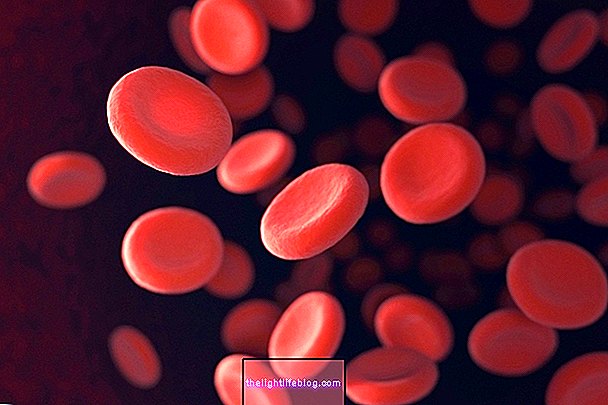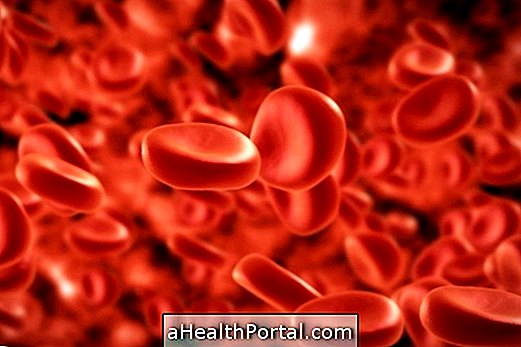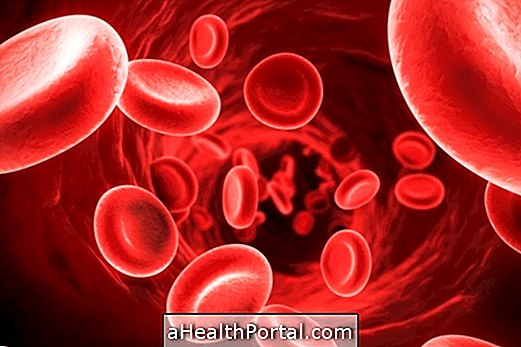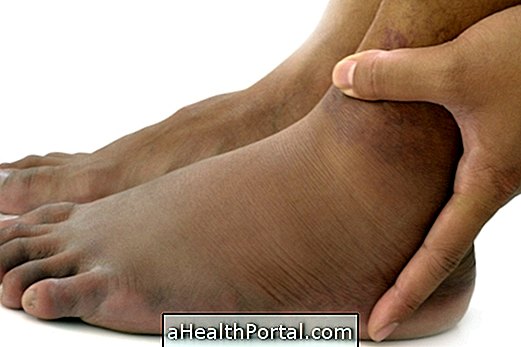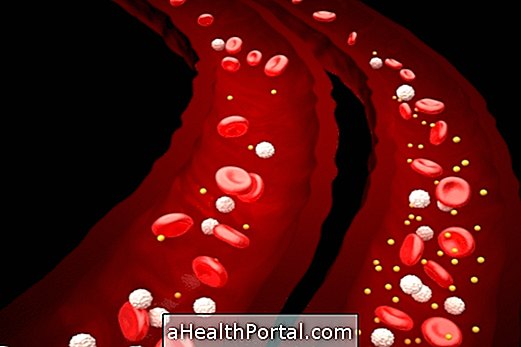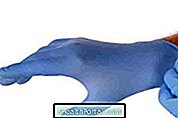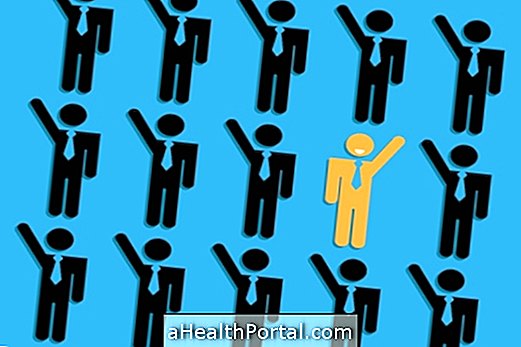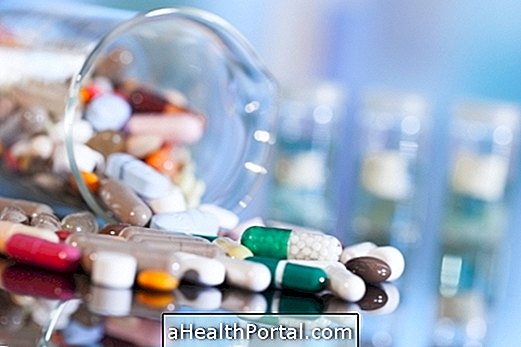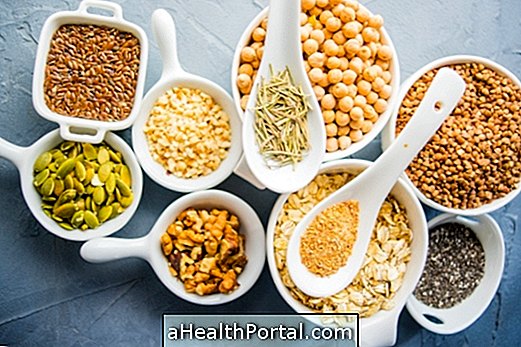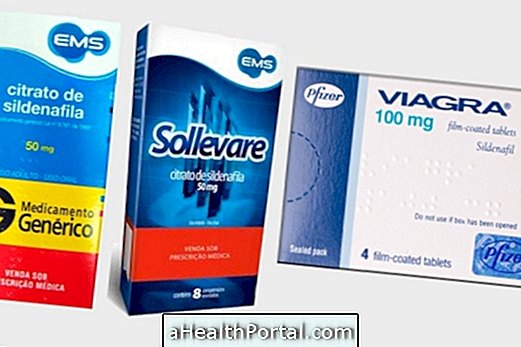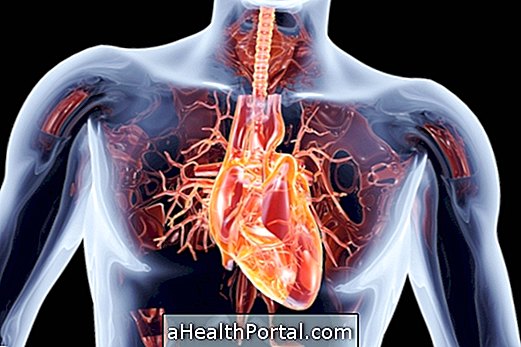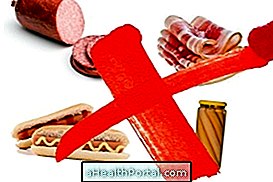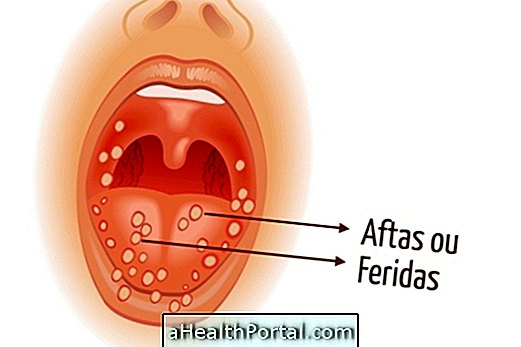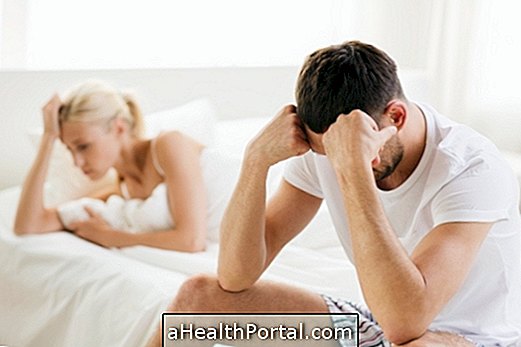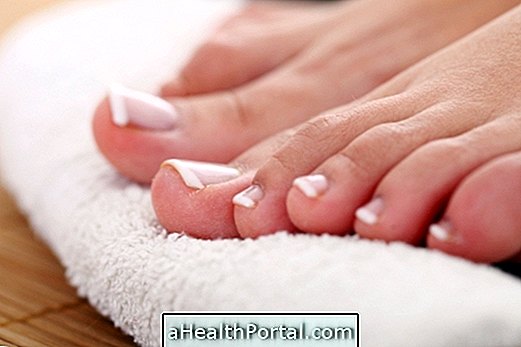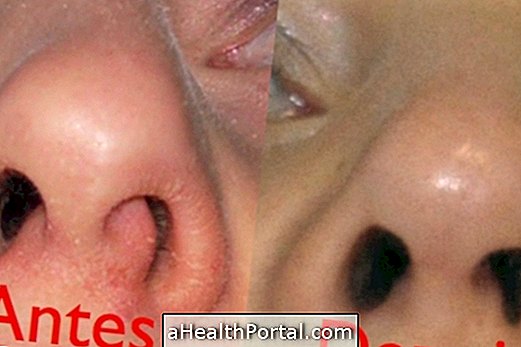Reactive hypoglycemia is a condition that usually arises between 1h30 and 3 hours after excessive consumption of foods rich in sugar or carbohydrates, and may or may not be related to diseases, such as diabetes.
Excessive sugar consumption in a short time causes the body to produce and release a lot of insulin to balance blood sugar levels, however, the insulin produced ends up withdrawing more glucose from the blood than it should, and a picture of hypoglycemia is characterized.
In reactive hypoglycemia there may be symptoms such as headache while being hungry and increased desire to eat sweets and should be treated with the consumption of foods with low glycemic index as the integrals to rebalance the rate of glucose in the bloodstream.
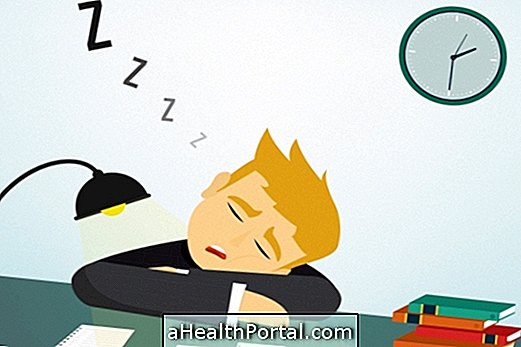
Symptoms of reactive hypoglycemia
The symptoms of reactive hypoglycemia are:
- Headache;
- Hunger;
- Tremors;
- Nipple;
- Cold sweat;
- Dizziness;
- Tiredness;
- Cardiac palpitation;
- Tremors.
The diagnosis of reactive hypoglycemia should be made by means of a normal blood test in order to verify the 5-hour glycemic curve, since the 3-hour glycemia curve can generate a false negative result. Learn how the glycemic curve can be examined.
What can cause
Reactive hypoglycemia can happen in anyone who has consumed too many sweets or many carbohydrate-rich foods and is not necessarily related to illness. The main causes of reactive hypoglycemia are:
- Pre-diabetes;
- Stay more than 3 hours without eating anything;
- Hormonal disorders such as Dumping Syndrome, which occurs in 15% of individuals who have had gastric surgery - learn how to identify and treat Dumping Syndrome;
- Fructose intolerance;
- In case of galactosemia, which is a genetic disease in which the person is intolerant to galactose, not being able to consume milk and derivatives, for example - know more about galactosemia;
- Sensitivity to leucine;
- Inappropriate use of medications to control diabetes.
Reactive hypoglycemia is very common among physical activity practitioners, especially those who take carbohydrate-based supplements. Therefore, special attention should be paid to eating and never training on an empty stomach.

How is the treatment done?
Treatment for reactive hypoglycemia aims to keep blood glucose levels constant in the blood. In addition, after the crisis it is important to offer something for the person to eat, even if you do not feel like it, like a loaf or a glass of orange juice for example.
It is also recommended to treat reactive hypoglycemia:
- Do 6 meals a day, 3 main and 3 snacks interspersed, high in protein and low in sugar and carbohydrates;
- Avoid alcoholic beverages;
- Practice moderate exercise;
- Eat high-fiber foods and high-protein foods at all meals;
- Avoid eating sweets when on an empty stomach.
Before exercising, it is also recommended to eat low-glycemic carbohydrate so that you have enough energy for the activity, and in addition, it is important to include fiber and protein in every meal so that the sugar in your food is not absorbed more quickly.
If untreated, reactive hypoglycemia can lead to neurological consequences, such as mental confusion, depression, anxiety, insomnia, irritability, phobias, and lack of concentration.
How is the diet made for reactive hypoglycemia?
The diet for reactive hypoglycemia should be recommended by a nutritionist after diagnosis. The goal of the diet is to keep sugar levels constant in the blood, and it is recommended to eat every 2 to 3 hours. It is also important to teach the person to run properly to avoid recurrence of hypoglycemia. Learn how the diet is made for reactive hypoglycemia.
